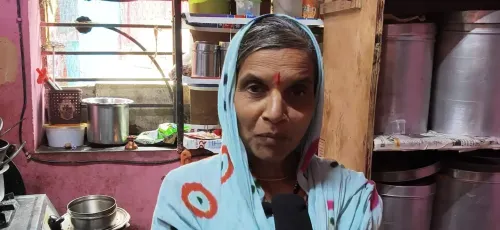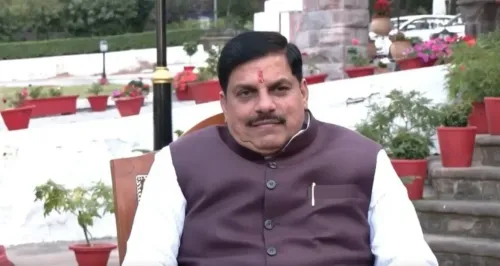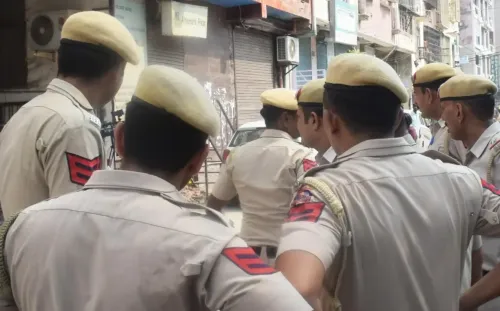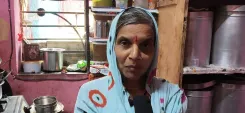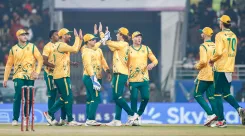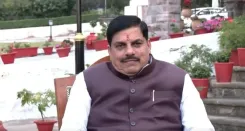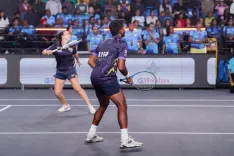What Unique Celebrations Took Place at Shiva Temples During Sawan Shivratri?
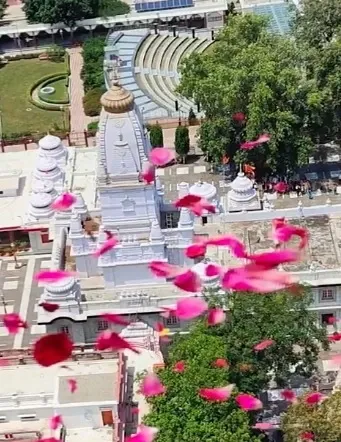
Synopsis
Key Takeaways
- Sawan Shivratri is a significant festival dedicated to Lord Shiva.
- The flower shower was a unique tribute to the devotion of Kanwariyas.
- Major temples in Uttar Pradesh participated in the celebration.
- The event enhanced community spirit among worshippers.
- Traditional rituals were performed, showcasing cultural heritage.
Gorakhpur, July 23 (NationPress) During the sacred month of Sawan, which is devoted to Lord Shiva, the government of Uttar Pradesh took extraordinary measures at Shiva temples to pay tribute to the devotees in a unique manner.
A magnificent flower shower was held on the significant day of Sawan Shivratri, featuring helicopters raining petals down on key Shiva temples in Gorakhpur, Sant Kabir Nagar, and other regions, symbolizing a heartfelt homage to the steadfast devotion of countless worshippers.
In addition, similar aerial flower showers were conducted throughout various areas in Uttar Pradesh during the Sawan month to honor 'Kanwariyas' and followers of Lord Shiva.
In Gorakhpur, the helicopter flower shower was performed over notable temples, including the Gorakhnath Temple, the historic Mansarovar Temple, Mukteshwar Nath Temple, Jharkhandi Mahadev Temple, Munjeshwar Nath Temple in Bhauwapar, Moteshwar Shiva Temple in Pipraich, and the Tameshwar Nath Temple in Sant Kabir Nagar, creating a profoundly spiritual and unforgettable experience for the devotees.
Earlier that day, Goraksha Peethadhishwar and Chief Minister Yogi Adityanath performed Rudrabhishek at the ancient Mansarovar Temple in Andhiyari Bagh, seeking blessings from Lord Shiva for the joy and prosperity of the state's residents.
CM Yogi conducted Rudrabhishek using water, cow milk, and sugarcane juice, along with offering sacred items such as bilva patra, lotus flowers, durva grass, and various traditional offerings to Mahadev.
The ritual was led by the knowledgeable priests of the Gorakhnath Temple, who recited the Mahamantras from the Rudrashtadhyayi of the Shukla Yajurveda Samhita.
After the Rudrabhishek, the Chief Minister performed havan and aarti, accompanied by the resonating chant of Vedic mantras. He prayed to Mahadev for a life filled with health, happiness, prosperity, and peace for the people of the state.


